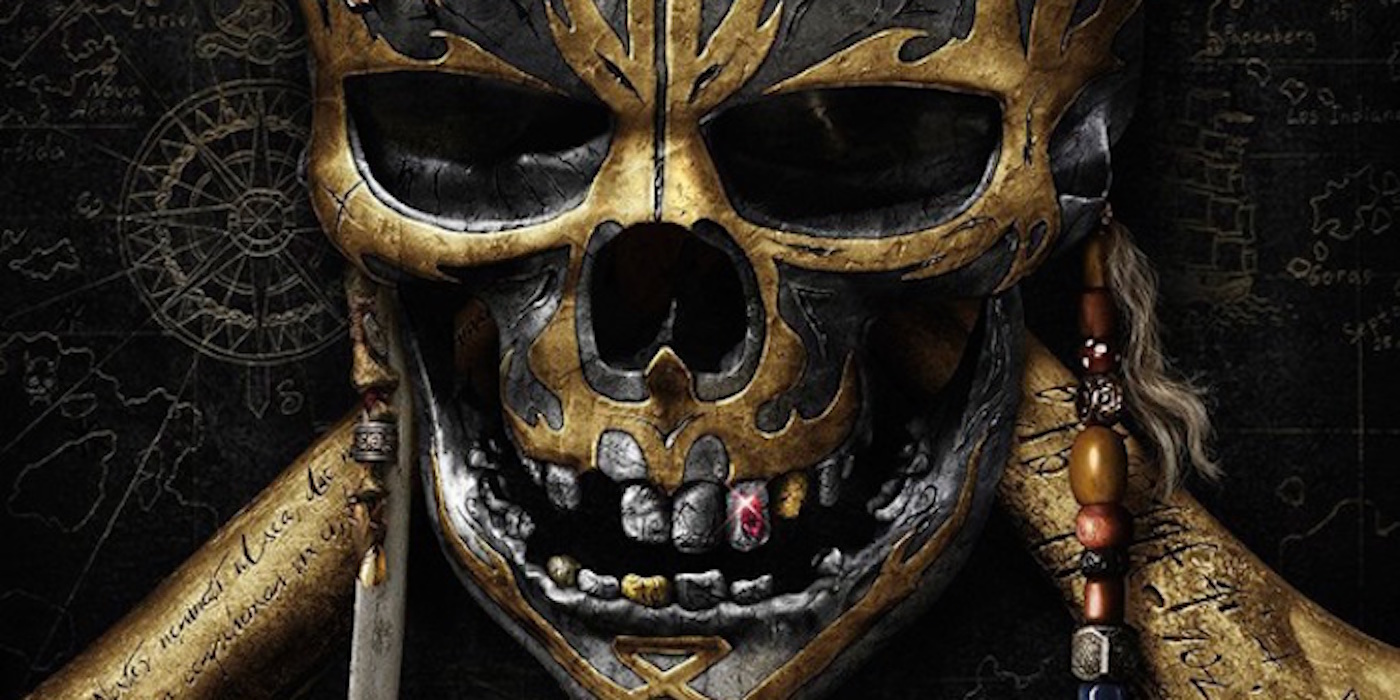The Mummy
by Hope Madden
Remember the first time you saw the trailer for the new Tom Cruise flick The Mummy, and you thought, “My God, that looks awful”?
Dude, you were so right.
Part Tomb Raider, part Suicide Squad – with huge bits stolen whole cloth from the immeasurably superior An American Werewolf in London – The Mummy lacks even a solid thirty seconds of fresh thought. It is as dusty and lifeless as its namesake.
But, because it’s some sort of artistic imperative that every movie we see for the next decade is planned out in huge corporate clusters – I mean cinematic universes – the Universal monsters are being revived. Aging leading men will be tapped for butts-in-seats duties as Dark Universe tries to create a series of nostalgic family(ish) fare neutered beyond recognition with CGI.
First up, Cruise.
A prologue riddled with plot holes leads to one wildly offensive piece of cultural flippancy, as Cruise Indiana Joneses his way into Iraqi insurgent territory in search of unnamed treasure.
He finds an Egyptian sarcophagus. In Iraq. It’s just one geographic discrepancy mentioned but never clearly explained. Part and parcel of a script-by-committee that hopes you’ll overlook its incessant nonsense.
Cruise, as Nick Morton, is Cruise – all superficial charm and charisma. He’s joined by one-note Annabelle Wallis as the archeologist in a white shirt that’s bound to get really wet at some point, and Sofia Boutella as a mummy with strategically placed wrappings.
And Russell Crowe as Dr. Henry Jekyll.
Will he turn into Hyde? Will it be among the film’s weakest, saddest, most pathetic scenes? No spoilers here.
Director Alex Kurtzman bandages together secondhand ideas, weak writing and an absence of onscreen chemistry with CGI aplenty. Sandstorms! Birds! More sand! And mummy/zombies that look like they should be gettin’ down with Michael Jackson.
If only!
Kurtzman’s impressive lack of instinct for pacing, tone and atmosphere match perfectly with the script’s hodgepodge of stolen ideas. And now we can wait for Hollywood execs to bring other moldering horror corpses back to life. Sigh.









